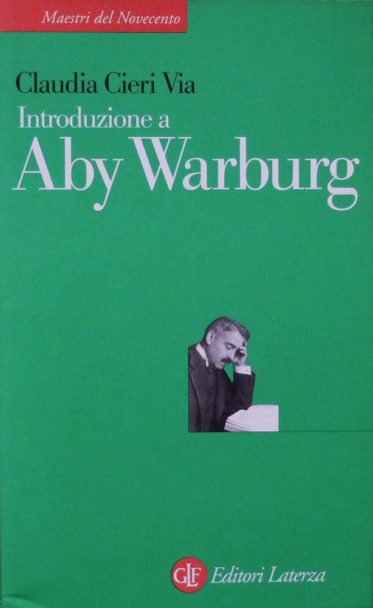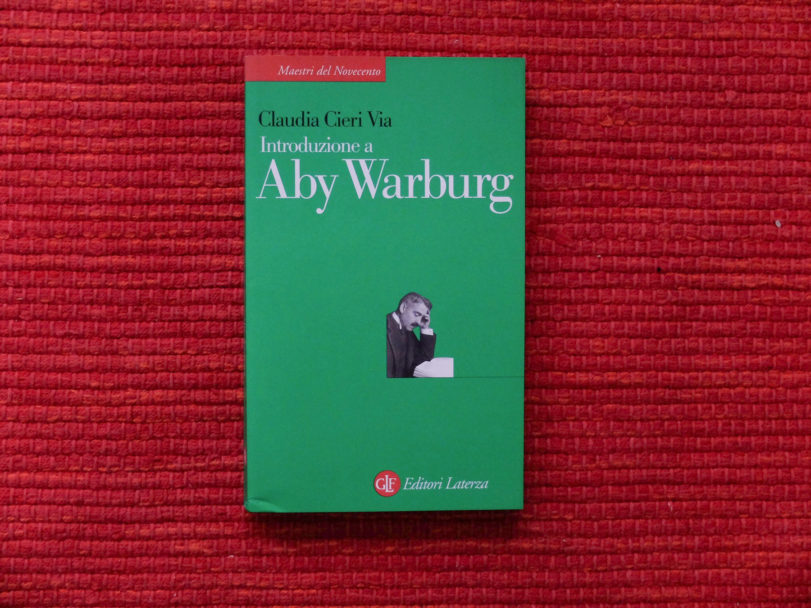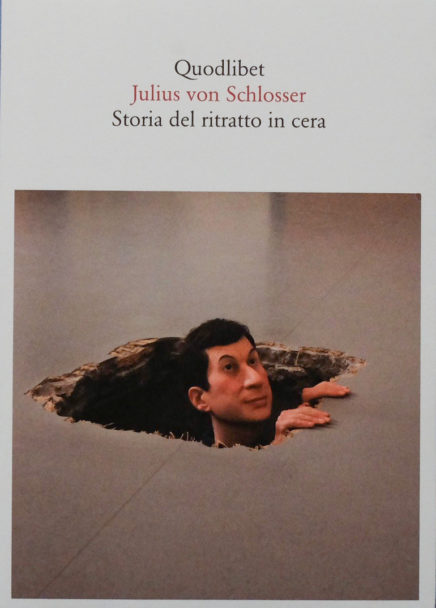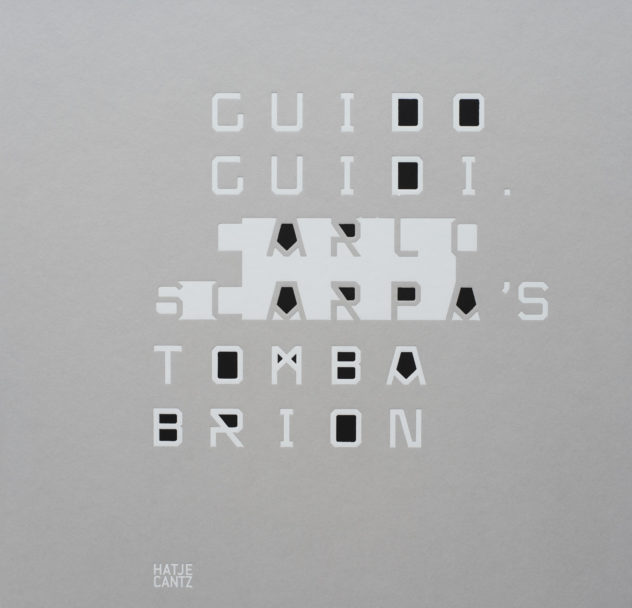
Claudia Cieri Via, INTRODUZIONE A ABY WARBURG, 2011

Aby Warburg was a researcher of Botticelli, Ghirlandaio, Leonardo, Dürer and Rembrandt, but also of mythology and astrology, and he has linked his fame to the Institute he founded in Hamburg, to the extraordinary Library and to his eccentric Mnemosyne project, the Atlas of Memory . Claudia Cleri Via focuses on the most significant aspects of her intellectual journey. In the historical-artistic panorama between the late nineteenth and early twentieth centuries, Warburg has gained international attention for the originality of its research based on the observation of ancient elements in the art of the Florentine fifteenth century, in the reinterpretation of the eighteenth-century aesthetic tradition and in the adherence to the conception of the story of Jacob Burckhardt. The criticism against an aestheticizing art, the interest in the psychological, expressive and symbolic character of the images, as well as for the relationship of the works of art with the history of culture have founded a method of study of art history, which a few years later it would have been codified by the iconology of Erwin Panofsky. Researches on the moving images of Botticelli and Ghirlandaio, on the reliefs of Donatello, on the drawings and engravings of Dürer and on the paintings of Rembrandt, as on the propaganda sheets of the age of Luther, have configured a history of images, defined as’ science without names’, which breaks with the evolutionary approach of the historiographic tradition, to establish itself as a system of thought deposited in the construction of its Library.
Claudia Cieri Via – Introduzione a Aby Warburg
Editori Laterza
2011
199 pagine, brossura
Italiano



